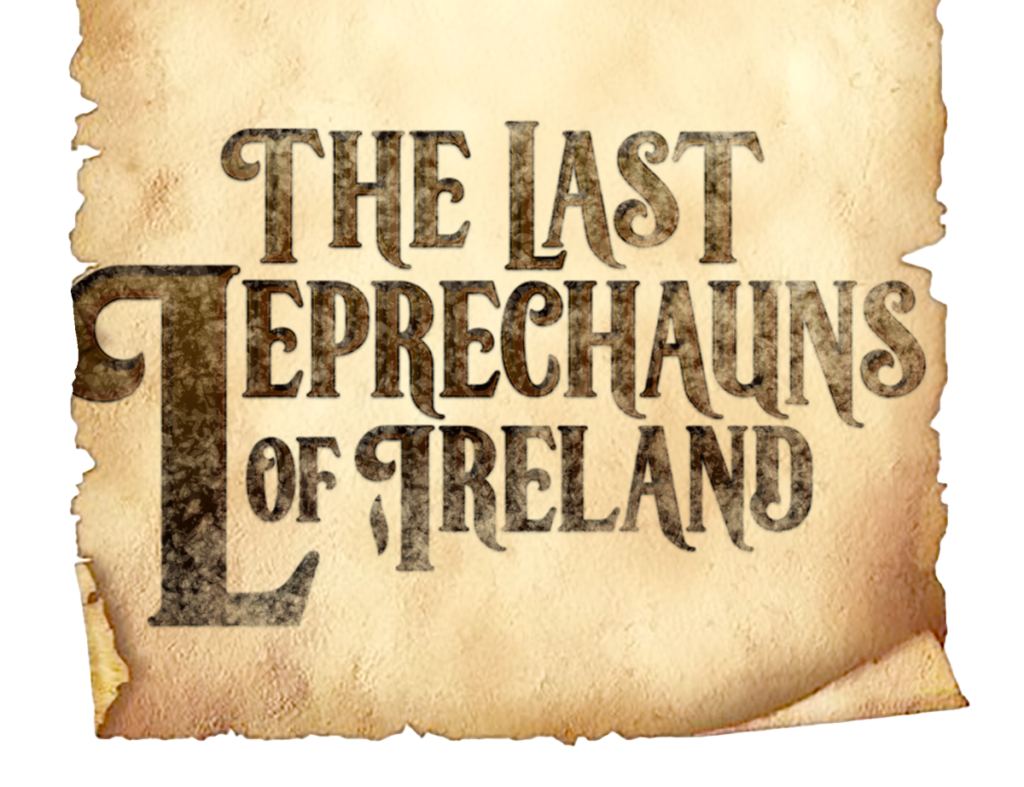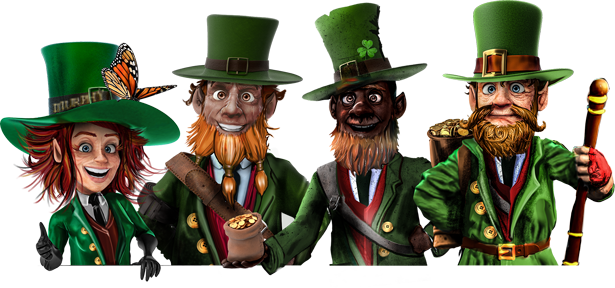
All about Leprechauns
Are Leprechauns Real?
A Brief Story of Irish Leprechauns from the 8th century
It’s said that the first reference to leprechauns comes from folklore stories written in the 8 TH Century. The Celts referred to them as water spirits.
They were known as Lúchorpáin (meaning small body). Others associate them with Lúgh, a God of sunshine and light, a member of the Tuatha Dé Danann, a group of supernatural beings that existed in mythological Ireland. The God Lúgh or Lú gives his name to the County of Louth in modern Ireland.
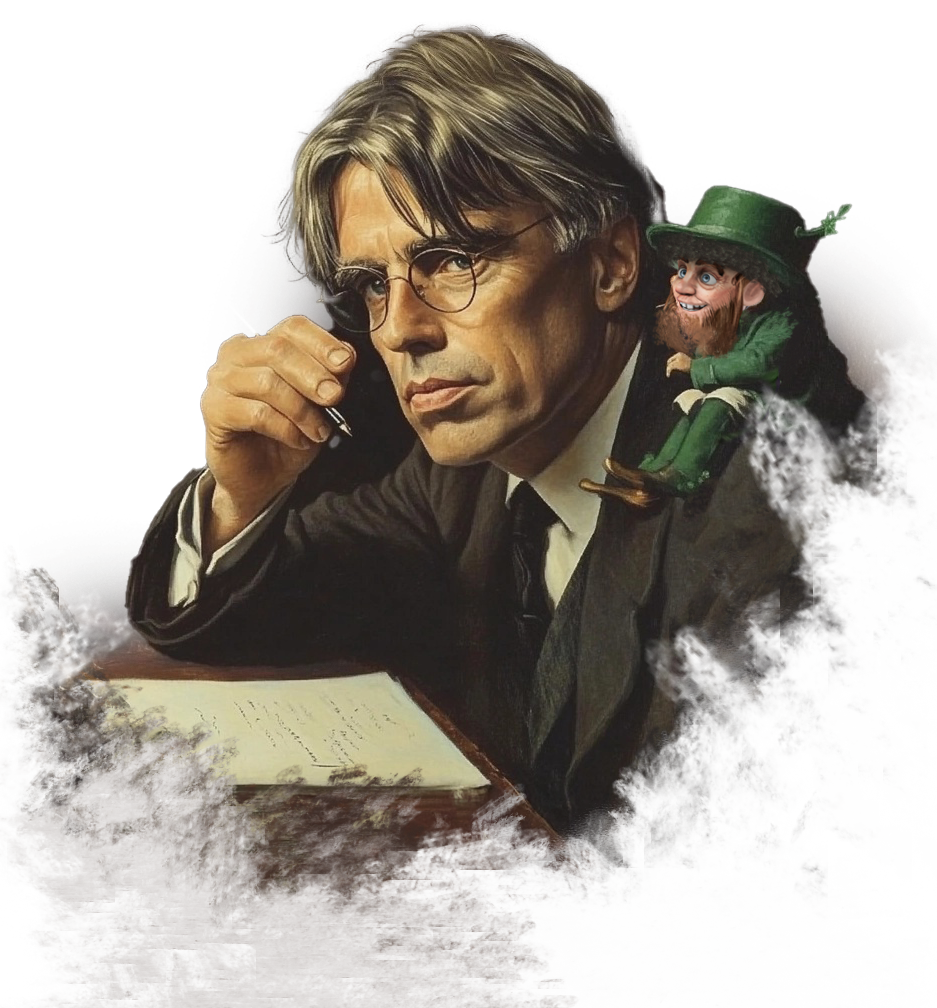
From the 1880s on they became part of Irish folklore. Most said that Leprechauns were shoemakers or cobblers who danced the night away.
Their shoes were regularly worn out and needed constant repair. Others said that they spent their time digging for gold and others that they spent their time being mischievous but all in a spirt of fun and devilment.
The great Irish writer William Butler Yeats wrote in the 19 th century, of leprechauns being solitary figures and different than fairies but agreed that they did play pranks on people and warned people to keep their distance from them. Sadly, they have been portrayed as monsters through film by Hollywood in recent times, particularly one starring Jennifer Aniston. However, monsters they are not, and nothing could be further from the truth. Leprechauns were never associated with anything bad; they are an entirely different type of being whereas in the fairy world bad things did and can happen.
Fairy trees, a lone tree in a field (The Hawthorn), under which fairies live, must not be cut down, even in modern Ireland for fear of what might happen to members of the destructor’s family.
Bad news and luck is bound to follow you for the rest of your days. Fairy rings or forts are still common in Ireland. They are stone circles where it is reputed, that any child standing inside the circle could be spirited away by the fairies and a “Changeling” left in their place, a type of human fairy who for evermore did the bidding of the fairies who lived there.
Originally leprechauns were seen as small, old, crinkled faced, red haired men dressed in red jackets and trousers edged with gold, floppy hats, black belts with gold buckles and wearing black boots with gold buckles. It is thought that the dominant red was burned into the Irish psyche by the never-ending presence of English soldiery.
Following Irish Independence in 1921, green became the dominate colour for the top hat, jacket and boots with red waistcoat and adorning gold buttons and buckles and black boots. It seemed like a natural progression to move away from red to a deep green in an Ireland known as “The Emerald Isle”.


The luck of the Irish is legendary. The story about leprechauns and pots of gold hidden at the bottom of rainbows has become the one that dominates Irish culture and folklore.
It’s believed that if you can catch one they will grand you 3 wishes The shamrock, a three leaved plant (of the clover family) is associated with St Patrick who came to Ireland as a bishop from Wales in 432 A.D. to bring Christianity to a pagan country.
He picked the humble shamrock from the soil to illustrate to King Laeghaire, the High King of Ireland that there were three persons in one God.
Through the three leaves of the shamrock plant growing from the one stem. The leaves, he said, represented God the Father, God the Son, and God the Holy Spirit.
Such was the power of Patricks teaching and his use of the shamrock to illustrate the meaning of the Trinity that over the century’s shamrocks, clovers, and leprechauns became an integral part of the folklore stories of Ireland. All these symbols are seen to be lucky.
Much of what people believed about leprechauns would change radically in 1989.Ireland has been synonymous with Leprechauns as far back as anyone can remember. It came as no surprise therefore when in 1989 a local councillor in Carlingford Co. Louth claimed to have found the first authentic suit and bones of one of the little people on the Cooley mountains close to the slate rock and adjacent to a wishing well on Foy Mountain know as Jenkins well.
In addition to the suit and bones were found four gold coins in the suit pocket O’Hare didn’t realize at the time that they had been left there to attract humankind to their desperate plight. They would need human help to survive. Millions of the little people had lived in Ireland from the beginning of time.
The world would find out later why the suit and artifacts were left for him to find. They were a dying breed and only 236 of them survived in all of Ireland when the suit was found. O’Hare showed the artifacts to a friend of his, Kevin Woods, known locally as “McCoillte”. A disbelieving Woods challenged him and told him that there were no such things as leprechauns and that he would prove it him.

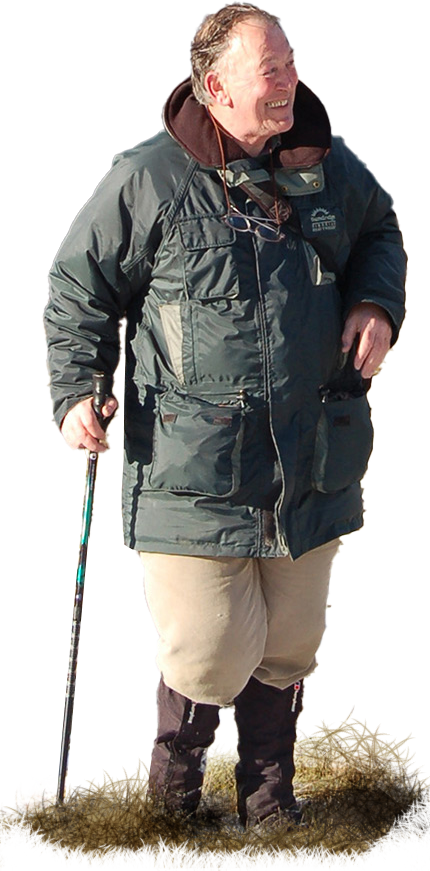
Woods organised a leprechaun hunt on the mountain in 1989. He hid 4000 punts (Irish pounds) up there under four toy leprechauns and sold leprechaun hunting licences for 10 punts or pounds.
Thousands came on the day, but nothing was found other than the money and toys. The story died in Carlingford after that, as the huge search had revealed nothing. Sadly, O’Hare died six years later.
Two years later, his disbelieving friend Woods or McCoillte was fixing an old stone wall on the perimeter of his land and found a leather purse with four gold coins in it.
He recognised them straight away; they were the same ones that were in the suit pocket that he had seen eight years before.
McCoillte didn’t know it then, but the coins would change the direction of his life. He would find out that each coin bestowed on him a particular gift. Later that year Woods was out for a walk on the mountain with his boxer dog Petra.
To his astonishment he encountered three leprechauns sitting on a rock engaged in conversation with each other. He could see them but was transfixed, as was the dog, both were frozen to the spot, neither were able to speak or bark. In what seemed like an eternity they jumped from the rock and disappeared beneath it.
Totally elated he ran home to tell all and sundry what he had seen but not a soul believed him. He was ridiculed by all in the town. His family begged him to forget about it. He didn’t forget about it and weeks later headed back up the mountain to the same place he had encountered them. To his amazement he saw one sitting alone on the very same rock. Woods shook his head and looked away.
Then he heard a tiny voice say “Hello McCoillte”.
He turned, the little fellow was now standing, not more than 18 inches tall.
He stared at him for a while, his mind numbed in disbelief.
” Who are you” he asked? “My name is Carraig “
he replied.” I am the clan leader of the last remaining 236 leprechauns left in Ireland. One of the coins you found allows you to communicate with me. We are dying out as a species, and we need a human to help in our efforts to survive. ”
Are you not human” McCoillte asked?
“No, I am a spirit you can see me in the image you want to see me in, others who might receive your gifts in the future might see me as a fairy or angle or in any form they are comfortable with”.
“What do you need me to do” McCoillte asked? “I need you to listen to our story, write it down and let the world know that we exist”.


Carraig related his story. He told him that they existed from the beginning of time, that they were witness to the geology, geography, mythology and social history of Ireland from the beginning of time till that day. They were witnesses to the great upheaval in the world before the earth’s plates separated from the North American continent. They lived below ground during the ice-age until it ended in Ireland eleven thousand years ago.
They saw the first humans arrive in Ireland ten thousand years ago from central Europe. Five thousand years ago, they watched as druids and slaves build the neolithic tomb at Newgrange in Co. Meath. They saw St Partick arrive in Ireland in 432.They were here when the Vikings burned Carlingford twice in 832.They watched the Normans arrive in 1169.
Then came the English, and with them came Cromwell who set fire to St Peters Church in Drogheda and slaughtered 2000 people including priests and friars in 1649. They were horrified to see the poverty and misery in Ireland during the famine.in 1845.By the 1900s and for the next ninety years the leprechaun populated dwindled to only 236 in number. Their demise led them to their encounter with Woods (McCoillte) and he published their story in 2009 intitled” The Last Leprechauns of Ireland”.
The book was launched in The Heritage Centre Carlingford Co Louth by Mairead McGuinness M.E.P. in 2011.
In the same year he claims to have got Leprechauns protected as a species by the E.U. under The European Habitats directive, that protects flora fauna and wild animals, Leprechauns have now been added to the directive.
In essence, Woods life, since his encounter has been devoted to their protection and to persuading the world to believe in their existence.
He says himself that its only through belief that unique spirts can survive. The number of believers has increased considerably since he first spoke to Carraig (Gaelic for rock).
One of the great visitor attractions in County Louth is him telling the full story which includes an underground tour to a cavern in Carlingford, below the earth, where leprechauns and spirits reside. The tour takes one hour.

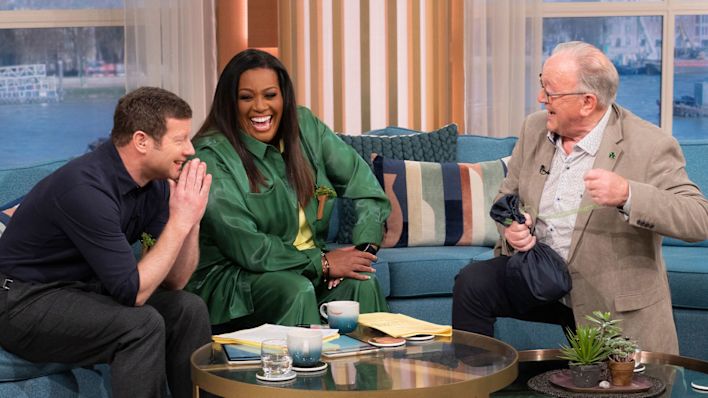
He has appeared on 32 tv programmes and countless radio interviews in his efforts to fulfil the wishes of Carraig and insure the little people’s survival.
TV audiences in Russia, America, Australia, E.U. and the UK have heard his story. Social media has clocked up millions of views on his story see (I survived the place that leprechauns live) on You Tube. To increase the worlds familiarity with leprechaun’s, Kevin Woods has embarked on a new journey.
Leprechauns claim to be spirits who show themselves to him in the image that he wishes to see them in.
He now sees them as children, not as old men with red beards and wrinkled faces but as fresh-faced young children, multicultural and of all persuasions.
He calls them “Carlichauns” child leprechauns affectionally known as Carlichauns because they only reside in Carlingford Co Louth Ireland.
Their function is primarily to accept wishes from children the world over and to ensure that their wishes are fulfilled.
To this end, he, with several colleagues and family have embarked on the making of an animated series of adventures, that will introduce Carlichauns to the four corners of the world.
They are still only 236 leprechauns still surviving, their numbers cannot increase, because they are spirits, Leprechauns and Carlichauns are the same spirits.
Their numbers however can decrease if people stop believing in them. Essentially if the numbers of believers fall below 236 or indeed no believers that would see the end of them. Thankfully the number who believe” is now measured in the millions. Their existence appears to be assured, through the work of Kevin Woods “Irelands last leprechaun whisperer”.

